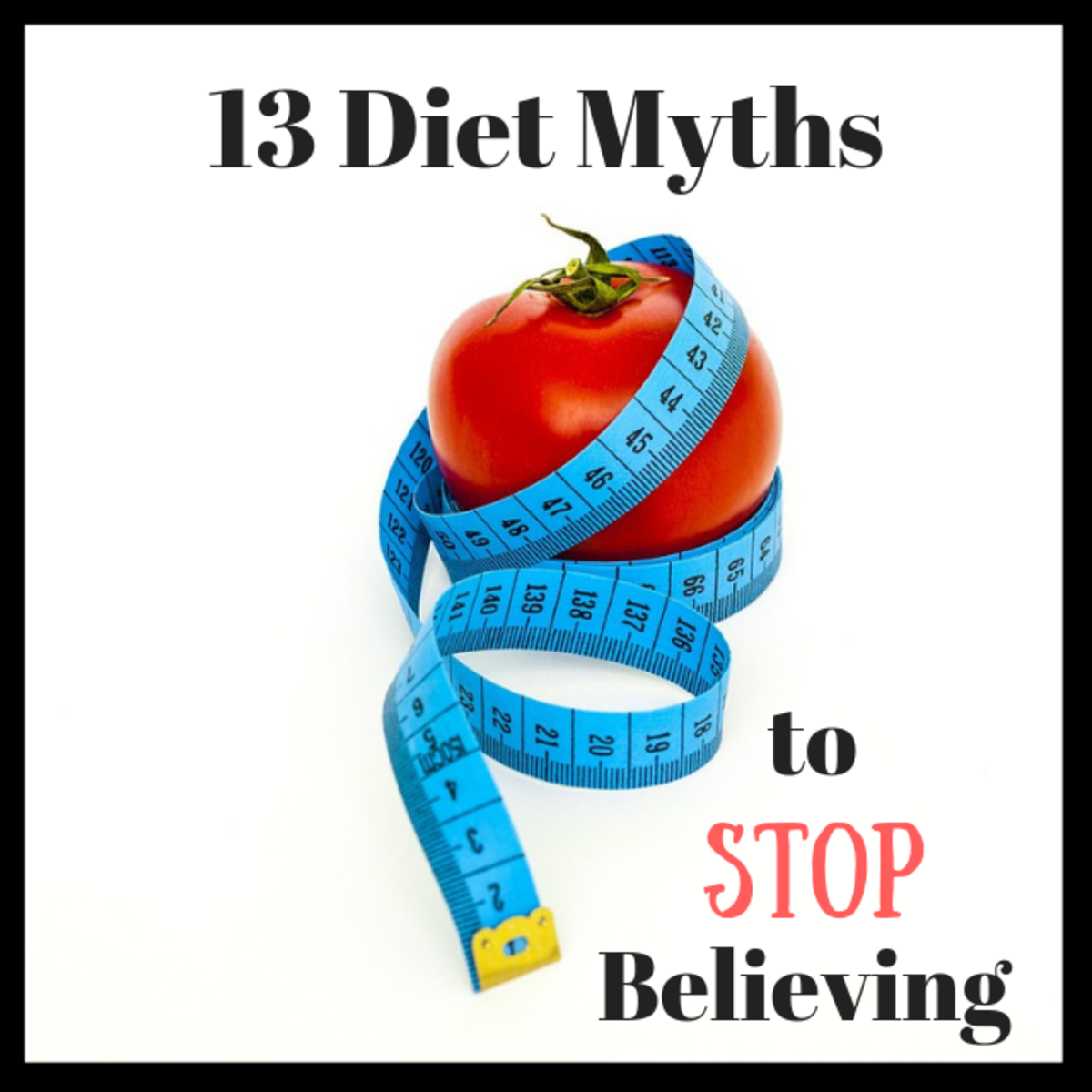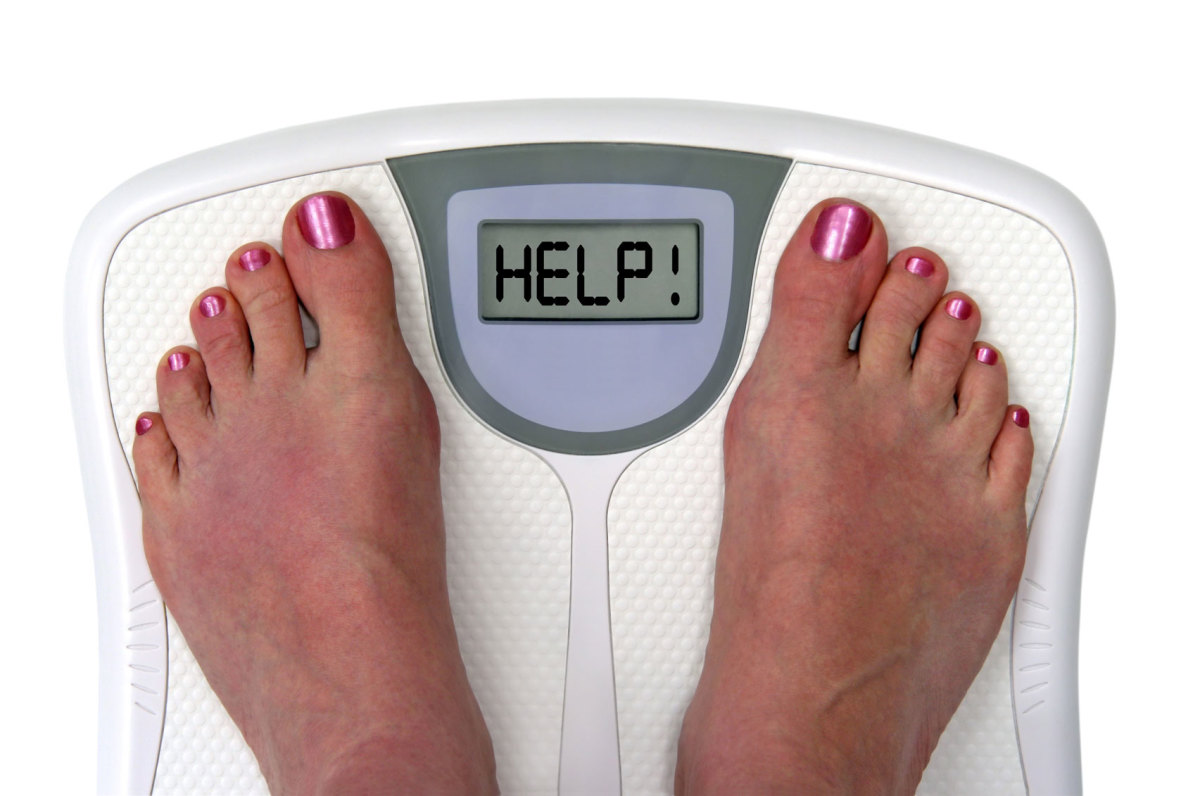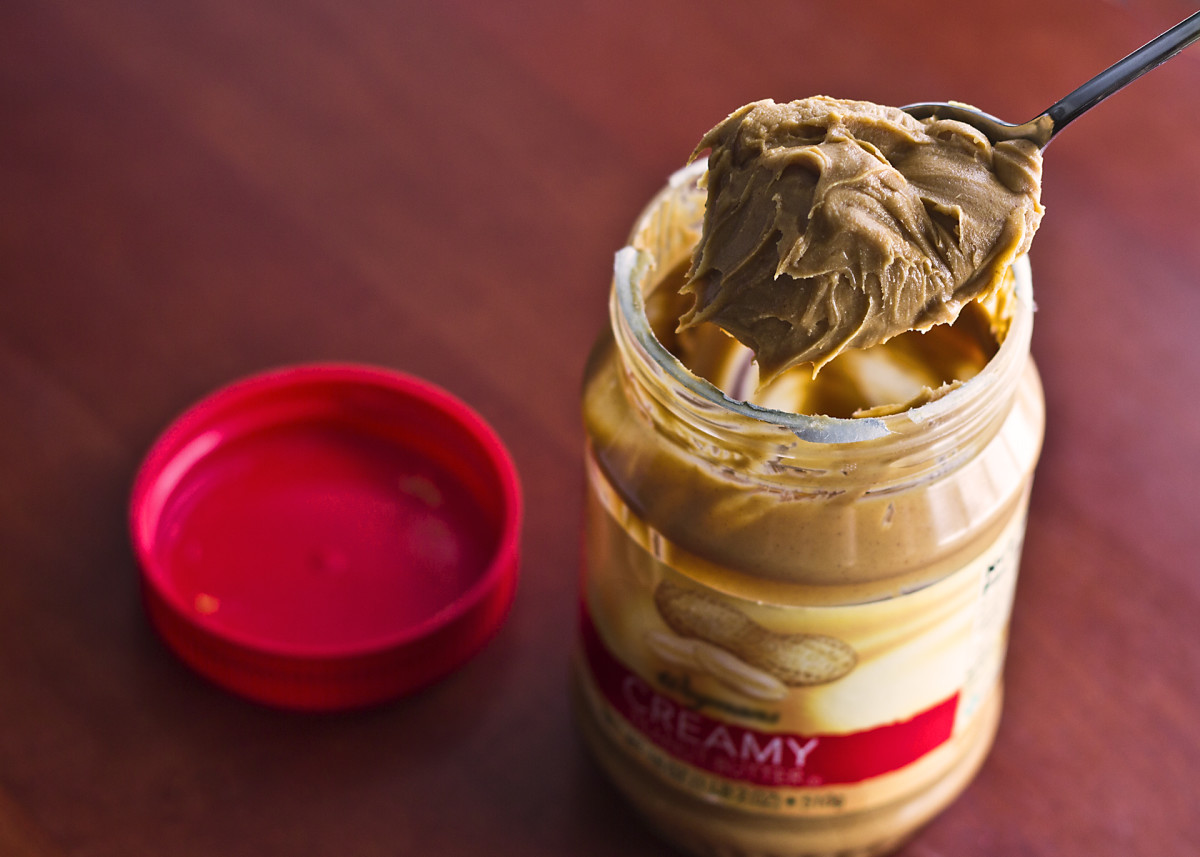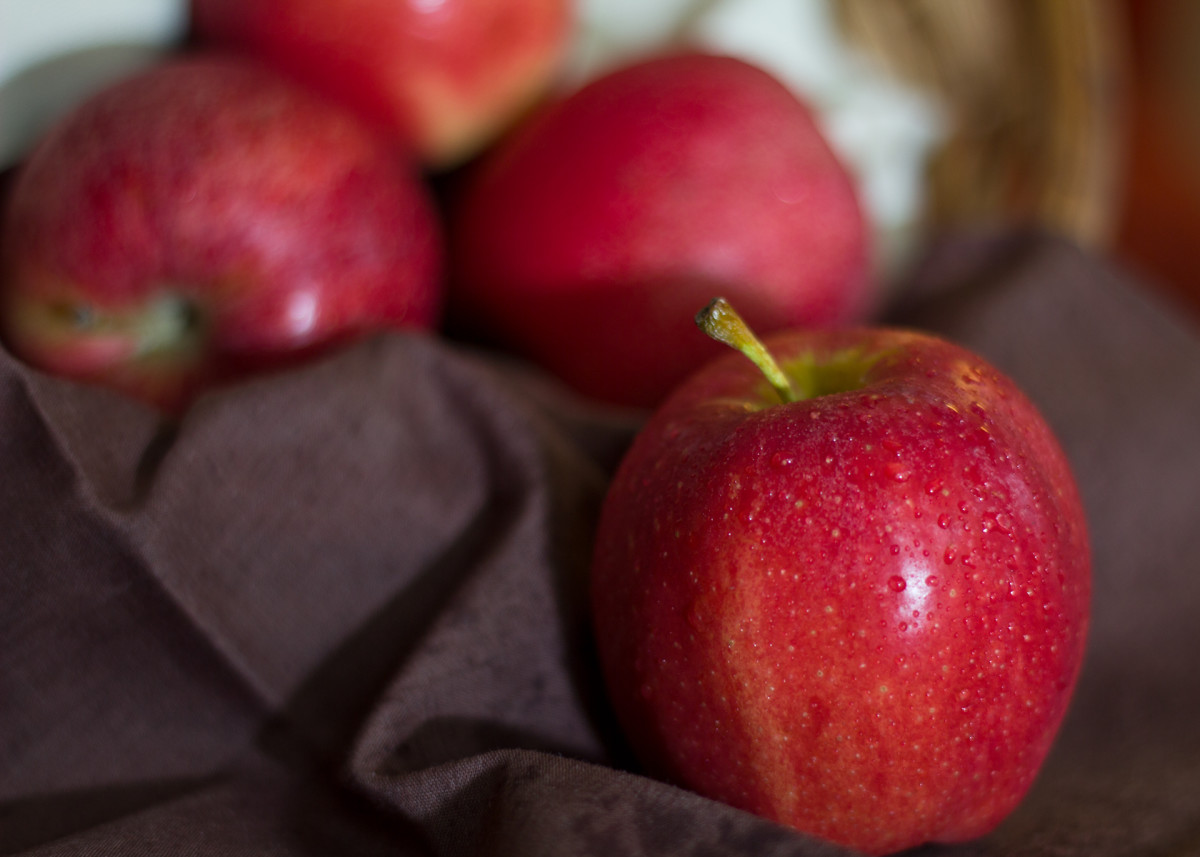- HubPages»
- Health»
- Diet & Weight Loss»
- Weight Loss
Weight Loss: Weight Loss Plateau and How to break it

In medical terms, weight loss refers to a reduction of the total body mass as a result of a mean loss of fluid, body fat or lean mass, namely bone mineral deposits, muscle, tendon, and other connective tissue.
Losing weight is just a matter of burning off more calories than we take in. As a matter of fact, all calories aren’t created equal. A large study of 120,877 persons published in the New England Journal of Medicine showed that even after balancing for calorie intake, people eating processed or unprocessed meats, sugar sweetened drinks and potatoes, including potato chips, were significantly heavier. Whereas those, who ate a higher proportion of fruits, vegetables, whole grains and nuts, weighed less!
Even when eating healthy foods, calorie balance is still important. While it is very hard to over-eat calories of vegetables, adding lots of whole grains and nuts or seeds can end up packing on the calories, so moderation is still important with these. Thus, the concept of calorie balance is not completely irrelevant on a healthy diet, so let’s talk about it a bit here.
Concept of calorie balance -
The principle of caloric balance refers to the number of calories we take as compared to the number of calories we burn. When our calorie intake and output are equal, we are in energy balance. In this state, our weight stays consistent and we are eating enough food to support our activities of day-to-day living. It is significant to our overall health and fitness as it determines whether we maintain weight, gain weight or lose weight over time.
A caloric excess or positive energy balance takes place, when we consume more calories than we can burn on a regular basis, either intentionally or unintentionally. A caloric deficit or negative energy balance occurs, when the food calories we take in can’t keep up with our body’s energy needs. Deliberately keeping ourselves in a caloric deficit can help us shed unwanted weight. Doing so in a gradual manner, losing no more than 1 to 2 pounds each week, helps us remain healthy during our weight-loss regimen.
Weight loss plateau -
When we take up a plan to lose weight, we may be able to lose weight at first without much effort. However, weight loss may slow down or stop altogether after a while. The frustrating reality is that even well-planned weight loss efforts can stall.
As we lose weight, we lose some muscle along with fat. Muscle helps keep the rate at which we burn calories, thereby keeping the metabolism up. Therefore, as we lose weight, our metabolism declines, causing us to burn fewer calories than we did at our heavier weight.
The slower metabolism will slow our weight loss, even if we eat the same number of calories that helped us lose weight. When the calories we burn equal the calories we eat, we reach a weight loss plateau.

Ways to break weight loss plateau - The following are well tried out strategies that help us in weight loss and its maintenance over a long time:
Take more plant-based diet – Most people fear carbohydrates in general but the healthy carbohydrates from fruits, vegetables, beans and whole grains are the healthiest fuel for our bodies. The research finds that a plant-based, high-carbohydrate diet can help with weight regulation and body composition. Plant foods are rich in complex carbohydrates that are a natural source of rich fiber which adds bulk to the diet without adding extra calories. High-fiber diets are effective for weight loss.
A recent study published in The Lancet found that people who consume animal-based, low-carbohydrate diets have a shorter life expectancy, compared with those who consume more carbohydrates, protein or fats from plant-based sources.
Take adequate proteins – Several studies have shown that high protein meals and foods are more satiating than high carbohydrate or high fat meals when assessed by ratings of satiety. High protein diets as compared to high carbohydrate diets have usually shown greater weight loss as enhanced satiety is the most important factor in the weight loss.
Weight loss ultimately comes down to calorie control. While both plant and animal-based proteins may have additional weight loss benefits, it is not clear that one type of diet or certain foods promote weight loss more than others.
Protein at around 25–30% of total daily calories has been shown to boost metabolism by up to 80–100 calories per day, compared to lower protein diets. A protein intake of around 30% of calories may be optimal for weight loss. It boosts the metabolic rate and causes a spontaneous reduction in calorie intake.
Increase exercise intensity – Revving up the exercise regimen may help break a weight loss plateau. As weight declines, the progressive reduction in metabolic rate can make continued weight loss extremely difficult. The good news is that exercise has been shown to help counteract this effect.
Including resistance training in the exercise regime promotes the retention of muscle mass, which is a major factor, influencing how many calories you burn during activity and at rest. In fact, resistance training seems to be the most effective type of exercise for weight loss. Other types of physical activity have also been shown to protect against a metabolic slowdown.
Try intermittent fasting – Several studies have indicated that short-term intermittent fasting leads to weight loss in overweight individuals. The most common intermittent fasting methods include the following:
- Alternate day fasting (ADF) - Fast every other day and eat normally on non-fasting days. One should try to eat healthy food on non-fasting days.
- The 5:2 diet - Fast on 2 out of every 7 days. On fasting days eat 500–600 calories of healthy food.
- The 16/8 method - Fast for 16 hours and eat only during an 8-hour window. For most people, the 8-hour window would be around noon to 8 p.m. A study on this method found that eating during a restricted period resulted in the participants consuming fewer calories and losing weight.
Count calories - A large number of people who have trouble losing weight are simply eating too many calories. People frequently overestimate their calorie intake.
Manage stress - Stress can often put the brakes on weight loss. It also increases body's production of cortisol. Therefore, producing too much cortisol can make weight loss very difficult. It may seem as though you have little control over the stress in your life but research has shown that learning to manage stress can help promote weight loss.
Avoid alcohol - Alcohol may interfere with weight loss by providing empty calories, making it easier to overeat and increasing belly fat storage.
Get adequate sleep - Not getting enough sleep may be a contributing factor in cases of stalled weight loss. In fact, it can lead to weight gain by lowering the metabolic rate and altering hormone levels to drive appetite and fat storage. Therefore, aim for 7–8 hours of sleep per night.
Be as active as possible – By increasing daily non-exercise physical activity one can help boost one’s metabolic rate and promote weight loss. These types of activity promote non-exercise activity thermogenesis or NEAT. Research has shown that NEAT can have a major impact on our metabolic rate, although the amount varies significantly from person to person.
Drink more water, tea or coffee - Studies have found that plain water can boost metabolism by 24–30% for 1.5 hours after drinking a 17-ounce (500-ml) serving. Coffee and tea may also benefit our weight loss efforts.
These beverages typically contain caffeine, which has been shown to increase fat burning and boost metabolic rate by up to 13%. However, these effects seem to be strongest in lean individuals.
In addition, green tea contains an antioxidant known as EGCG (epigallocatechin gallate), which has been found to boost fat burning by 17% in one study.
Moreover, research suggests that consuming caffeinated beverages can significantly enhance the metabolism-boosting, fat-burning effects of exercise.
Avoid binge eating - Binge eating is a commonly seen in people following diet plans. It involves rapidly eating large amounts of food, often much more than your body needs. Even if something is healthy, its calories still count. Depending on the volume, a single binge can often ruin an entire week's worth of weight loss.
Set realistic goals – Generally, weight loss is a slow process though it is often seen that one loses weight fast in the beginning. That is why many people lose patience before reaching their end goal. Moreover, many people have unrealistic expectations of what is achievable with a healthy diet and exercise. For the majority, the realistic goal to lose weight is at a rate of 1–2 pounds per week.
The bottom line –
Apart from the obvious need to increase energy expenditure relative to intake, none of the strategies are universally recognized as having any utility in weight management. Even if the overall goal seems large, one should see it as a journey rather than just a final destination.
Healthy weight loss depends on our lifestyle that includes long-term changes in daily eating and exercise habits. Learn new eating and exercise habits that will help you live a healthier lifestyle.
Once you’ve achieved a healthy weight, rely on healthy eating and physical activity to help you keep the weight off over the long term.








